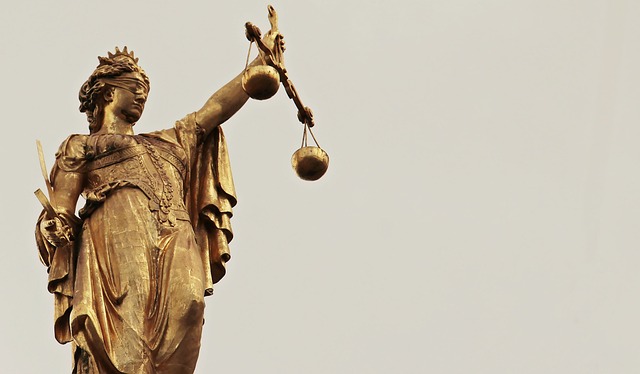
A significant piece of legislation that marks a turning point in India’s educational system is the Right to Education Act (RTE). The right to education has been established as a fundamental right in the nation since it was first established.
Article 21A: Constitution of India
- Under the Right to Education Act (RTE) of 2009, the children received free and compulsory education, which was enacted in conformity with Article 21A of the Constitution of India as a fundamental right.
- It states that every children between the ages of six and fourteen must receive free, obligatory education from the State they live in, in accordance with any legal regulations that are set forth.
- This Article requires the government to guarantee that all children between the ages of six and fourteen are admitted, attend, and complete their elementary education.
- This Article basically guarantees free elementary education for all children in the socioeconomically disadvantaged groups in society.
Right to Education Act: Its Provisions
According to the Act, the curriculum must be created with the values included in the Constitution of India in mind, as well as with the child’s whole development in mind. The curriculum ought to capitalize on the child’s knowledge, potential, and talents while using a child-centric and suitable for children to help the child overcome trauma, fear, and anxiety. Some of the key provisions that are focused and discussed by the institutes for RJS Coaching in Jaipur are as follows:
- The Act clarifies that “compulsory education” means that the government has a duty to guarantee a child’s admission, attendance, and completion of primary school if the child is between the ages of six and fourteen. The term “free” denotes that there is no cost associated with the child that could keep him or her from completing this kind of education.
- It states the responsibilities of parents, local government, and the relevant governments in guaranteeing the education of a child. It also specifies how the central as well as the state governments will allocates the financial burden within themselves.
- It further mentions that there must not be any discrimination between rural as well as urban teaching facilities. A further provision of the Act prohibits hiring instructors for non-educational jobs, with the exception of census, election, and disaster relief activities.
- It outlines the process for appointing educators who meet the necessary admission and academic requirements.
Right to Education Act: Its Remarkableness
- The Act has been effective in increasing upper primary education from Class 6 to Class 8.
- Improved school infrastructure was the outcome of stricter infrastructure standards, particularly in rural regions.
- It opened up access to education for every individual in the country.
- Accountability has been introduced into the elementary education system with the removal of the “no detention policy.”
- Additionally, the government has introduced the Samagra Shiksha Abhiyan, an integrated school education program that combines the three existing programs. They are as follows:
- Sarva Shiksha Abhiyan,
- Rastriya Madhyamik Shiksha Abhiyan and
- Centrally Sponsored Scheme on Teacher Education.
Role of the Judiciary: Right to Education
- In the case of Mohini Jain v State of Karnataka, according to the court, the state must fulfill its obligation to provide educational facilities throughout the region in order to educate all of its citizens. The state was also mandated by the court to oversee the appropriate administration of educational institutions, either through its own management or by contracting with private educational institutions that would educate its population.
- In the case of J.P.Unnikrishnan v State of Andhra Pradesh, by a majority vote of 3:2, the five-judge bench partially upheld the ruling in the Mohini case and held that, since it immediately derives from the “right to life,” the right to education is guaranteed by Article 21 of the Constitution of India. Taking everything into account, the court partially overturned the Mohini Jain ruling and noted that children only have access to the right to free and compulsory education up until the age of 14, at which point the State’s obligation to provide education is constrained by its financial resources.
- Recently, in the case discussed by RJS Coaching in Jaipur of Shubhra Hiteshbhai Gupta v State of Gujarat, the Gujarat High Court dismissed a number of pleadings contesting the decision of the state government to set a six-year-old minimum age limit for first-grade admission in the academic year 2023–24, saying that parents who force their children to attend preschool before the age of three are engaging in an “illegal act.”
Conclusion
Even though the RTE Act according to experts in RJS Coaching in Jaipur has been in effect for many years, it is evident that much work needs to be done before it can be said to have served its intended purpose. A more favorable environment and an abundance of resources would open the door to an improved future for people 3/4 and the country as a whole.
Thus, the education department needs to have a strong and well-organized administration. Eliminating those engaged in bribery, corruption, or prejudiced acts in the administrative field is the first and most important responsibility.









